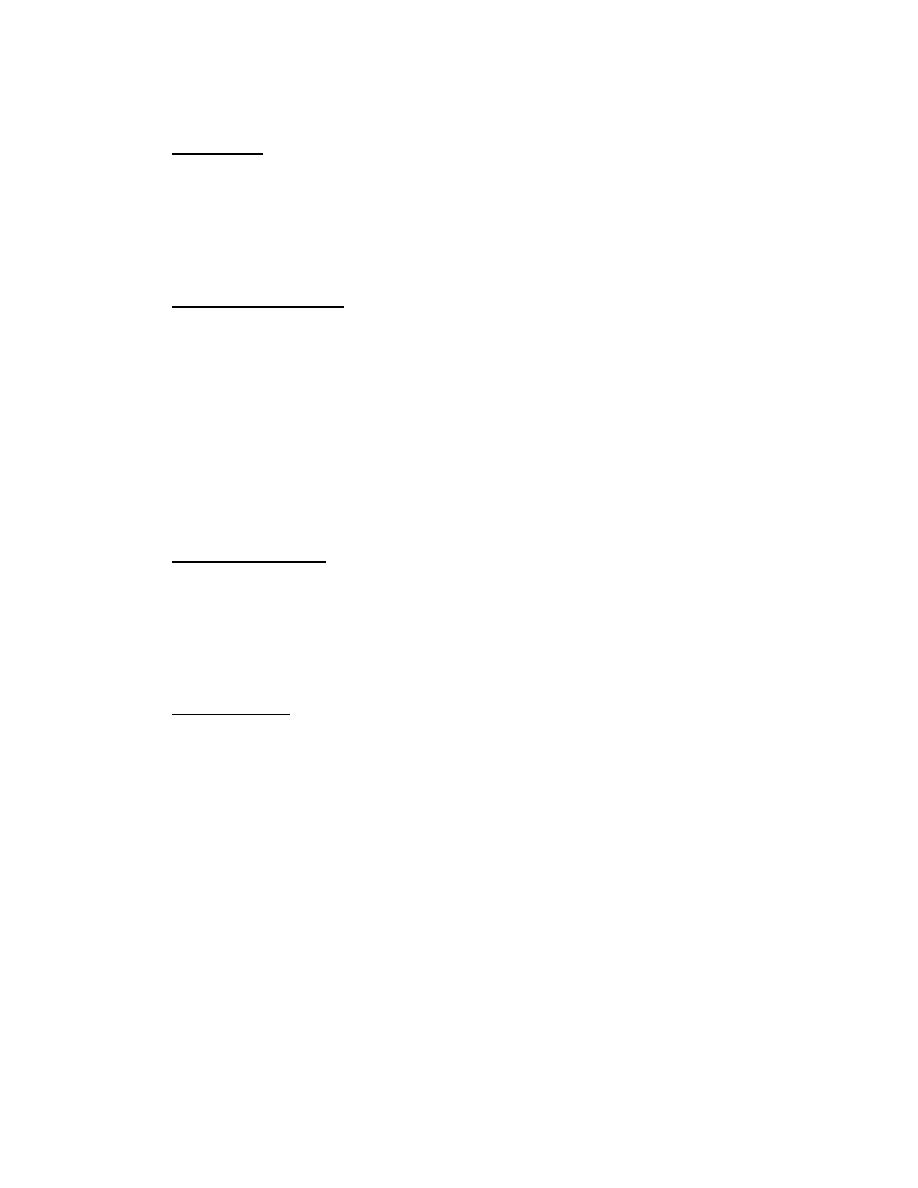
| Tweet |

Custom Search
|
|

|
||
 MIL-HDBK-1038
5.1.2.1
OET Cranes. These cranes are designed entirely in accordance with CMAA
#70. Unique requirements (such as test load cases), special features (such as
field splices of bridge girders), and other items which are beyond the scope of
CMAA #70 are addressed separately by the NCC in the procurement specifications.
Single web bridge girders are particularly subject to lateral/torsional
buckling, and must always be analyzed conservatively for this condition with the
appropriate lateral and torsional load applied.
5.1.2.2
Underrunning Cranes. Design criteria for underrunning cranes with bridge
girders fabricated entirely from structural steel, both welded box and single web
type, is prescribed by CMAA #74. For cranes with patented track type bridge
girders, which are preferred by the NCC, the criteria are given in ANSI MH 27.1.
These two documents use different design approaches and their analyses and
criteria must not be intermixed.
Manufacturers of these cranes utilize many standard components such as
end trucks, runway suspension hardware, and patented track bridge girder sections.
The rated capacities of these components and patented track bridge girders of
various lengths are published in the manufacturer's catalogs. When such technical
information is available, and the calculated loads do not exceed the published
ratings, these standard components may be used without any additional structural
analyses.
5.1.2.3
Cantilever Cranes. There are no industry design standards for any of the
cantilever types of cranes; however, NCC policy is to require that the individual
components that match those of OET or underrunning cranes (specifically booms, end
ties/end trucks, and trolley frames) comply with the design requirements of CMAA
#70, CMAA #74, or ANSI MH 27.1. Components peculiar to the specific configuration
such as pillars, foundations, tie rods, wall brackets, vertical frames, and
anchor bolts are designed in accordance with the AISC Manual of Steel
Construction.
5.1.2.4
Portal Cranes. The design of most structural components of a portal
crane is governed by main hoist operating load cases. Since portal cranes are
capable of lifting a load in any number of positions (by rotating and luffing the
boom), many different combinations of hook operating radii and rotate positions
must be considered in their design.
The major structural components of a portal crane upperworks (the boom,
A-frame, strut, and machinery deck) are affected by the position of the boom. For
a given load on the hook, the forces on these components should be determined in 5
to 10 foot increments, for the full range of main hoist operating radii and the
corresponding rated load. Then, the stresses in each structural member and
connection, in each of these components, must be determined for one or several of
the radii considered. The designer must use good judgement in determining which
radii to use on each component, and on each member and connection in that
component, in order to determine its adequacy under all operating conditions. To
determine the stresses in every member and connection, in every structural
component, for every radius considered would be excessively time consuming.
115
|
 
|
|
 |
||